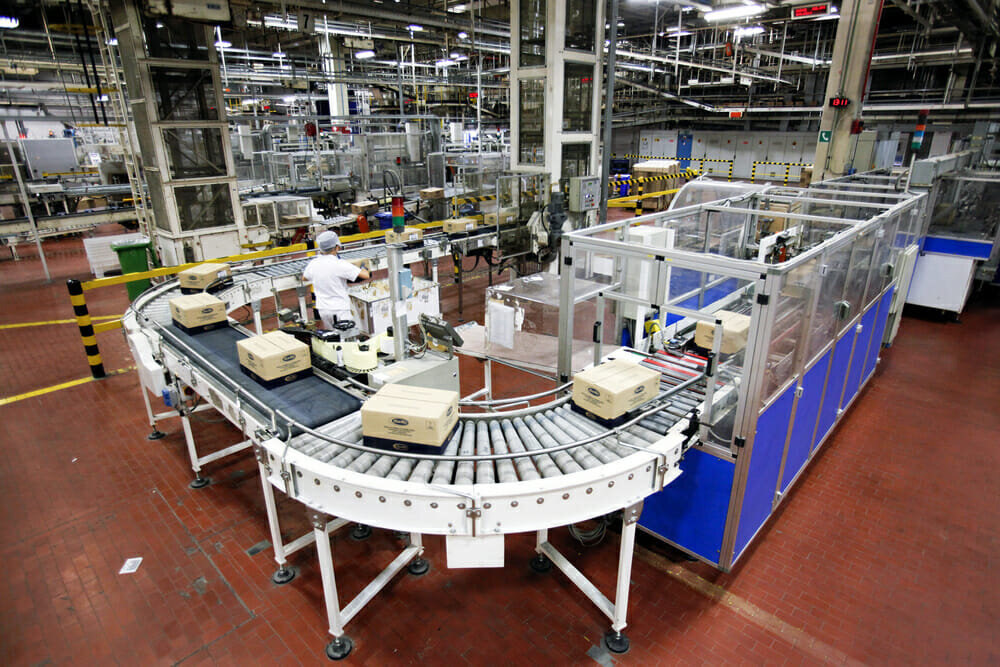~ Navigating the challenges of HMLV manufacturing with automation solutions ~
In recent years, the manufacturing industry has undergone a significant transformation, driven in part by advances in high-mix, low-volume (HMLV) manufacturing. This trend has impacted the entire supply chain operation, from procurement to sales. Here, Adnan Khan, business development manager at Beckhoff Automation UK, discusses how manufacturers can leverage technology to manage their supply chain effectively, save on costs, and deliver products to customers on time and in the way they want it.
HMLV manufacturing involves producing a variety of products in small quantities. This approach allows manufacturers to cater to individual customer needs and preferences while minimising inventory costs. However, it also presents significant challenges to supply chain operations. Each product requires unique components, which can make it difficult to manage inventory and track products throughout the process.
To meet the evolving demands of their customers, numerous HMLV manufacturers are embracing increased automation. However, conventional fixed automation products can be excessively costly or lack flexibility. Automation suppliers are now addressing this gap in the market with solutions that provide flexibility, modularity, a small physical footprint, and mobility. This is made possible by onboard software intelligence, more lightweight and responsive hardware, and low-code/no-code applications.
The Beckhoff XTS linear transport system is an instance of such a solution. It is a flexible conveyance technology that empowers manufacturers to handle diverse product combinations and packaging formats on a single line, without requiring any mechanical changeovers.
The XTS comprises configurable motor modules that are assembled into a continuous track, which can take on various shapes such as circular, rectangular, or complex, curved geometries based on the requirements of the specific application. The movers on the XTS have the ability to operate autonomously, allowing them to accelerate, brake, and adjust their speed independently.
They can also form groups and synchronise with other equipment such as conventional conveyors. Manufacturers can process a larger variety of products without needing to expand their facilities due to the XTS’s configurable track, which conserves floor space and facilitates software-based changeovers.
Manufacturers in the global confectionery industry face numerous trends that can change rapidly, necessitating the production of many different products that require packaging in a wide range of packages and pack sizes.
Cereal bars are a prime example of the diverse range of products in the confectionery industry. They are available in various flavours and packaging formats such as single-serve portions, variety packs, multi-packs, and family packs, with different numbers of bars in each pouch. The bars themselves can differ in length and width and may require packaging in various box sizes and shapes based on retailers’ needs. To meet these demands, high-speed packaging systems with rapid format changeover capabilities are essential.
Traditionally, supply chains require individual and manual changeovers of movers for each packaging format. However, with the XTS, this can be done at the push of a button through its corresponding software functionality, resulting in significant time savings and improved overall machine efficiency.
The trend of HMLV manufacturing has brought about new challenges and opportunities for manufacturers, particularly in managing their supply chains effectively. However, with the development of innovative automation solutions like the XTS, manufacturers can address these challenges while also providing more customised products and reducing inventory costs.
Linear transport systems allow manufacturers to handle diverse product combinations and packaging formats on a single line, resulting in improved efficiency and time savings. As the manufacturing industry continues to evolve, the adoption of these advanced automation technologies will likely become increasingly essential for manufacturers looking to stay competitive and meet the changing demands of their customers.








